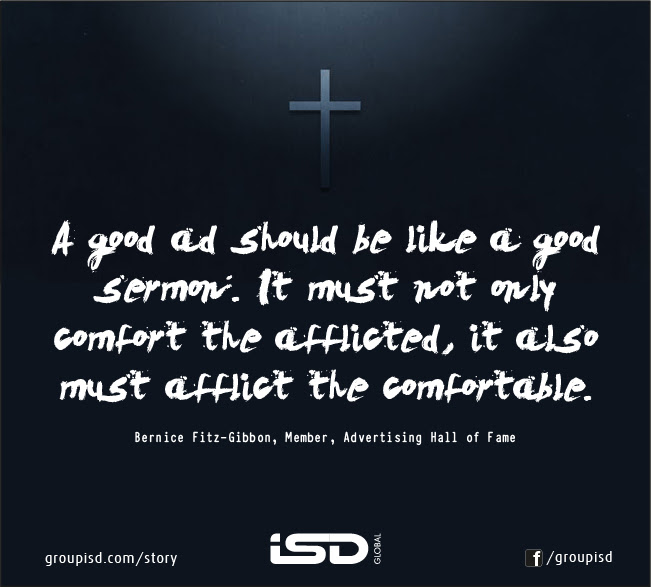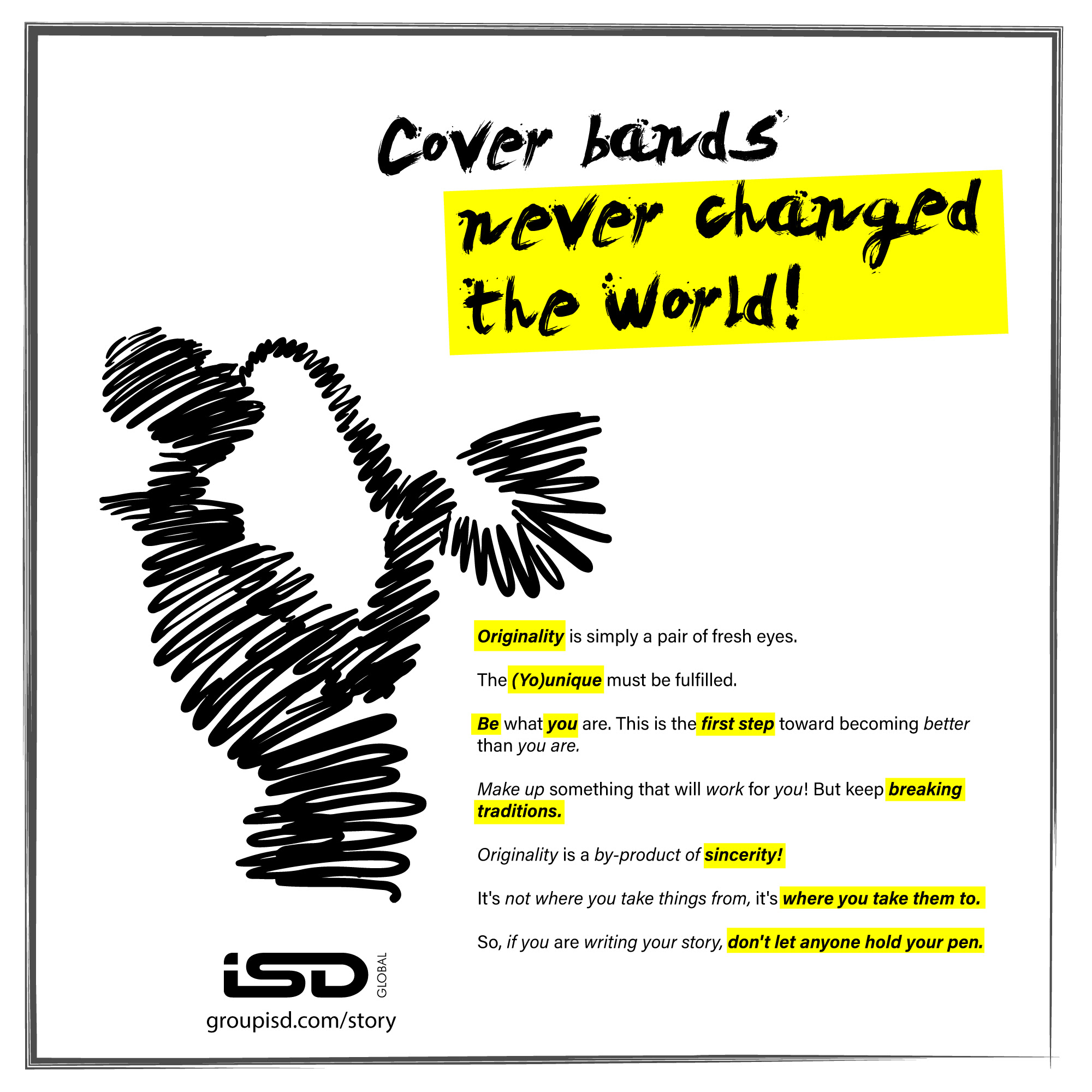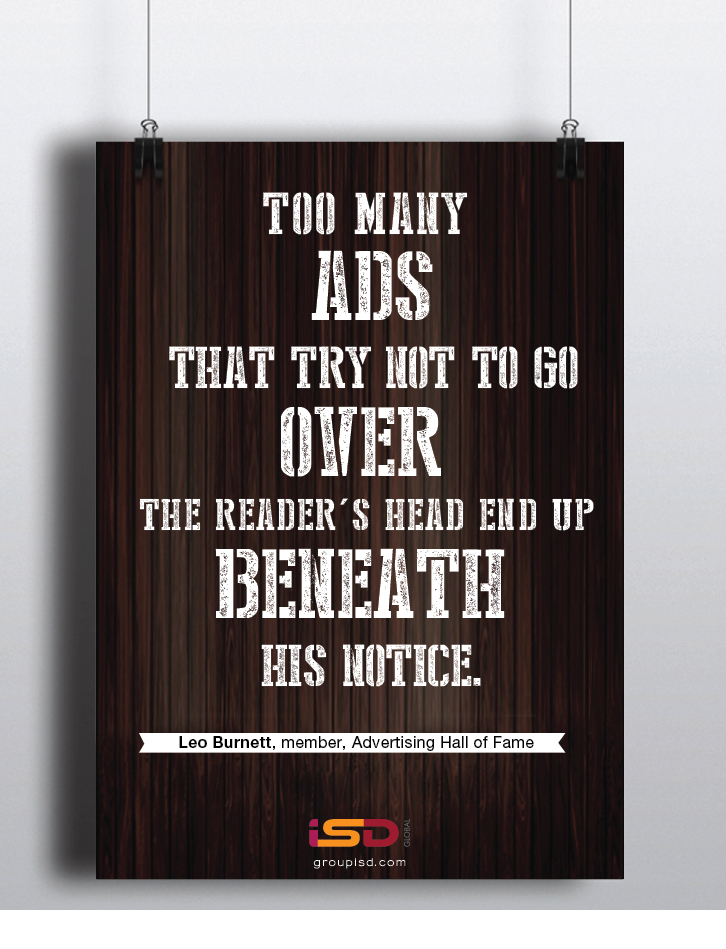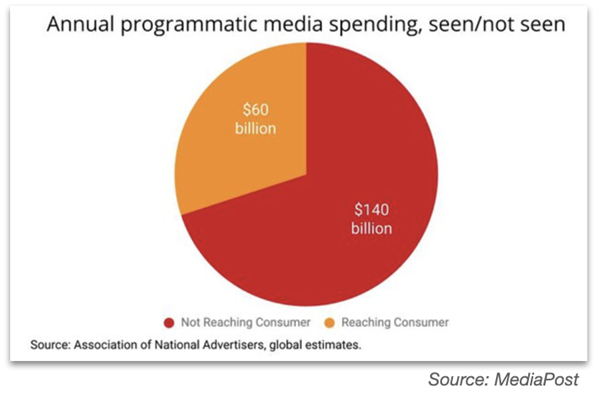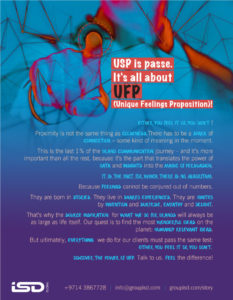The caption of this article is a bit of soft pedaling. I am quite uncomfortable with the word ‘ trends ‘ because it is in more ways than one camouflaging what is called ‘ herd mentality ‘ which leads to the inevitable SOS(Sea of Sameness). And in an increasingly commoditized world, you may be birds of the same feather, but..flocking together ??
Amidst the tempest of pandemic driven uncertainty and disorientation, here’s a crystal ball gaze at some obvious and not so obvious landscapes that the advertising industry could be witness to in the coming months.
– The biggest boycott in history to continue- I am referring to ad blocking– with over 600 million devices in its universe and growing, the wake up alarm has long been sounded for brands, agencies and advertisers. According to Hootsuite, the UAE has close to 40% of ad blocking( countries like Indonesia, India are at over 50%). Research states that one of the primary reasons for ad blocking is too many ads that are irrelevant, annoying and have nothing to do with creativity. Creativity is future proof and the sooner brand guardians get re-sensitized to that, in a pull and engage scenario(as against the widely practiced push and control), the better.
– Unless something dramatic happens, online programmatic advertising is writing its own obituary. Advertisers are being abused blind by adtech ferrets. Research from Media Post concludes that out of the US$200 billion global spend, 70% of advertising dollars spent on online programmatic advertising never touch a human being. In effect, $140 billion disappears in “ad fees, fraud, non-viewable impressions, non-brand-safe placements, and unknown allocations” (by “unknown allocations” you can read “shit that no one can figure out”).
– The pandemic brought first-time advertisers to many platforms, especially OOH and DOOH, 2022 will be no different. New categories like Fintech, NFTs, Crypto (with their supporting companies), and Online/E Sports, Wellbeing,EdTech, FoodTech categories will continue to flourish. After the dash for Expo 2020 attention, big opportunities will come to the fore for advertisers courtesy the FIFA World Cup in Qatar.
– Advertisers and marketers will need to be as nimble as consumers. The pandemic not only accelerated omnichannel retail but also created hybrid behaviours beyond how we shop. From a mix of virtual and in-person fitness to IRL experiences with digital extensions, how we work, play and live is fluid and consumers expect brands to keep up with the rapid pace. For marketers, that means mapping every consumer touchpoint and applying a collection of insights – location, identity, cross-device, in-person, in-stream, etc. – to creative concepts that earn consumers’ attention while respecting privacy. The agility of marketers to behave as nimbly as consumers will translate into brand loyalty in a rapidly growing hybrid world.
– A largely ignored, under served imperative will come to the fore for marketers and advertisers- Building company culture: The industry never had attrition rates as high as it had in 2021, and we’ve never had as many remote employees either. The Great Resignation continues unabated. Last year, the better organisations focused on retention and put a hyper-focus on recognition. Without in-person interactivity, you have to be so deliberate about your culture, especially during remote work. In the coming times, brands and businesses will put a lot of focus on how they create a culture of retention, diversity and recognition. Creativity will have to make a serious comeback.
– For better or for(commerce)verse- Last year we saw a continued acceleration of social with e commerce and sowing of the seeds of ‘ community commerce ‘ glued together by community, creators, shopping and entertainment like never before. In 2022, we’ll see social commerce give way to the “commerceverse” as people begin to move from entertainment to purchase. And as consumers look to build out their environment with virtual goods and experiences, brands will have the opportunity to connect with consumers in a surround-sound way.
– Agency In-Housing: The in-housing trend at brands will not go away, but it is in reverse — to a point. Turns out, it’s too expensive, too complicated and too political for many brands to do at any real scale. Especially when so many businesses are trying to wrangle costs, not inflate them, during a global economic downturn. The pandemic’s knock on the economy forced many marketers to live hand-to-mouth and the flexibility offered by agencies proved to be critical to survival.
– Artificial Intelligence will find a greater say in services like copywriting and content generation– especially with tools like GPT 3(Generative Pre-trained Transformer 3) -an autoregressive language model that uses deep learning to produce human-like text. It helps instantly generate high quality copy for Email, Ads, Websites, Listings, Blogs & More. Save Time And Money Writing Clever, Original Content And End Writer’s Block Forever is the pitch.
– One should have heeded this as a premonition- sometime back the Meaningful Brands study conducted by Havas told us that most people would not care if 74% of all brands disappeared for good. How can brands bridge the gap between apathy and action, particularly with that all-important millennial audience – the biggest generation and the leaders of tomorrow as we collectively take responsibility for getting closer to the UN SDG(Sustainable Development Goals).If we want to change the world, we all have to be involved. All people, of all ages, every brand, no exceptions. Bridging that gap means recognising that brands can be citizens too, with a responsibility to promote, share, create exposure and help to make change. Most importantly, brands can help people to connect to a political process that will make an impact on the world they live in – and that their children will inherit – to act as citizens themselves and not simply as consumers. That is a brand’s role as a citizen – to help consumers be citizens too.
To quote Woody Allen, ” 80% of success is just showing up “. There is no better time to create a bright future.
– Playing it by ear: While our eyes may be ‘maxxed’ after more than a year of relentless screen time, our ears have bandwidth. Our ears are more reliable curators, opting for human connection and unscripted conversations that podcasts and radio provide. A recent WARC Lion’s Intelligence study showed consumers now spend a third of their media time with audio, but most brands spend less than 10% of their media budget with audio. There is no question brands need to right-size their audio investment. But, getting beyond the spreadsheet and learning how to create a real human conversation with the consumer is the secret to winning with audio. Here’s to more conversations about how brands can get heard and get growth with audio in 2022.
– This is how the cookie crumbles:The impending demise of third-party cookies has drastically altered the digital advertising world while simultaneously highlighting how vital first-party data is and will be into the future. For now, first-party and third-party data will continue to exist, and advertisers can maximise this opportunity to run various experiments to ensure they are ready for when third-party cookies are no longer a source of targeting data. Brands that embrace first-party data, contextual advertising, and other third-party data alternatives today will be the industry leaders tomorrow.
– RIP to RFP? : The RFP(Request for Proposal) bandwagon indulged in by enterprises from agencies to extract the cheapest possible price for their services. This comes with scant regard to competence, expertise, empirical evidence and worse who contributes the original idea which is now happily being sacrificed at the ‘ cheapest pricing altar ‘. And we are all aware that ‘ insider trading ‘ is not just restricted to the stock market. Time to cremate this archaic, merit agnostic practice.
– Measurement will be back as the next frontier in 2022 — fueled by the unprecedented rise of CTV, the uncertain future of cookies and identity transactions in digital, and the disruption of Nielsen ratings. As we build for an ever-interconnected digital future, the ‘measurement reset’ is an opportunity to build the relationships between consumers, content creators, publishers and their advertising partners.
– Meta will emerge as part of brand experience and communication conversations and NFTs(Non Fungible Tokens) will begin to come into the brand ecosphere but we are still some time away from these becoming right, front and centre.
I remain conscious of brevity and hence would come to a halt here though there are quite a few more that I would have liked to list as we telescope into the emerging future of the advertising and marketing industry. Maybe in a separate piece.
ENDS
